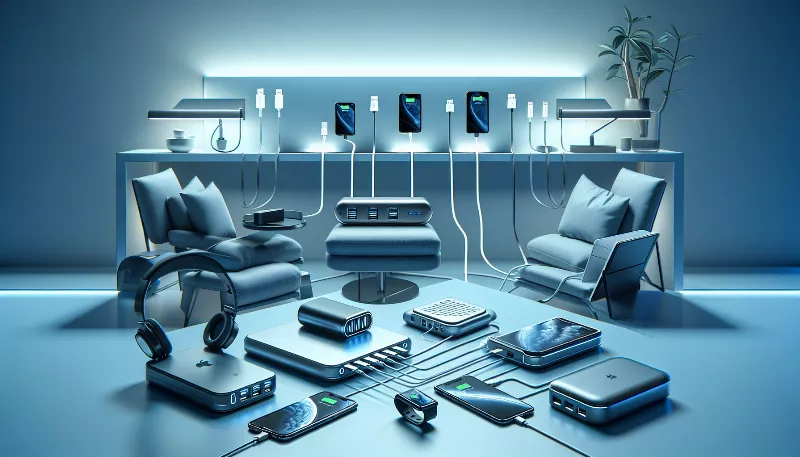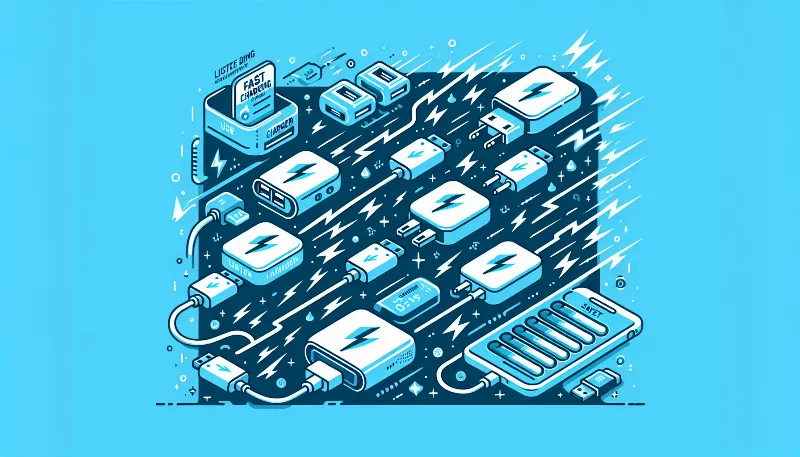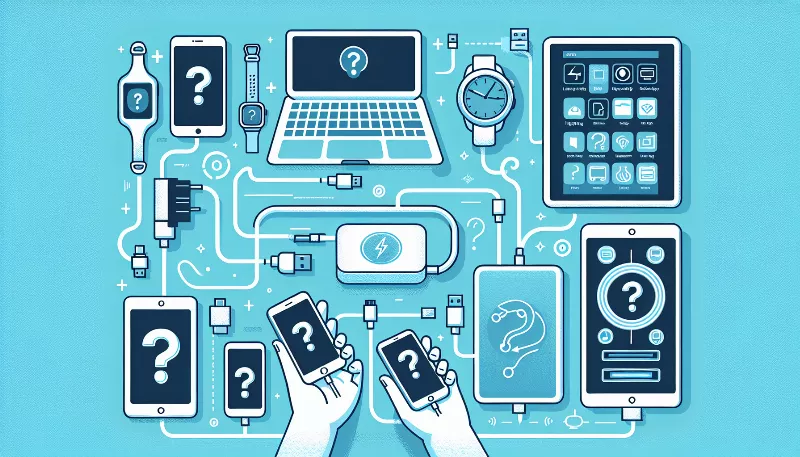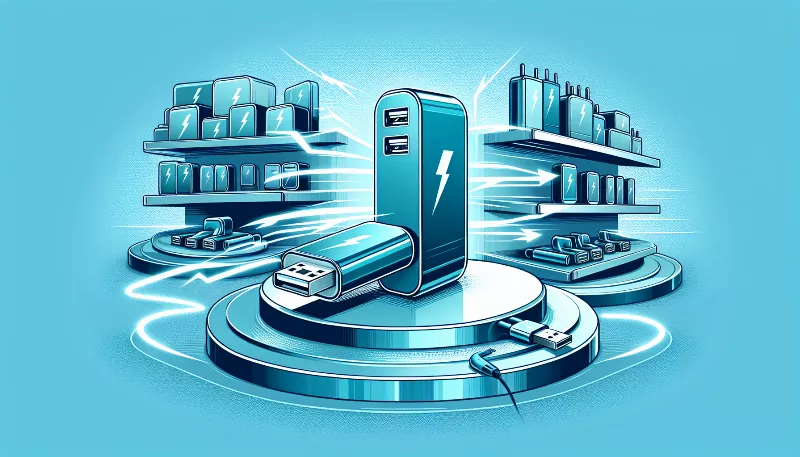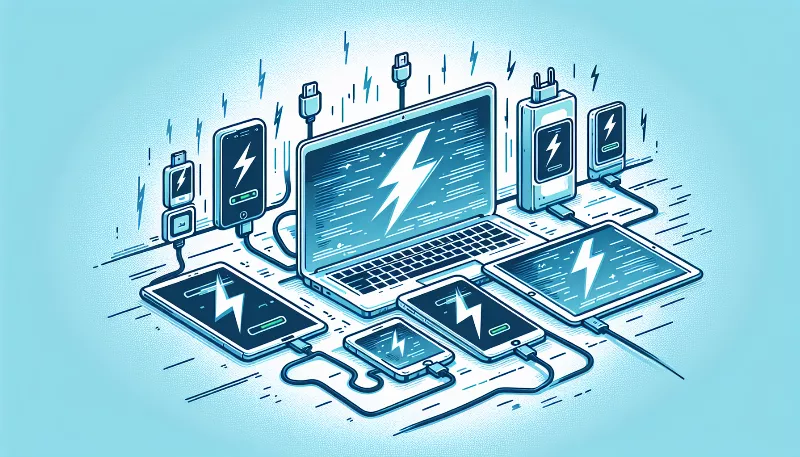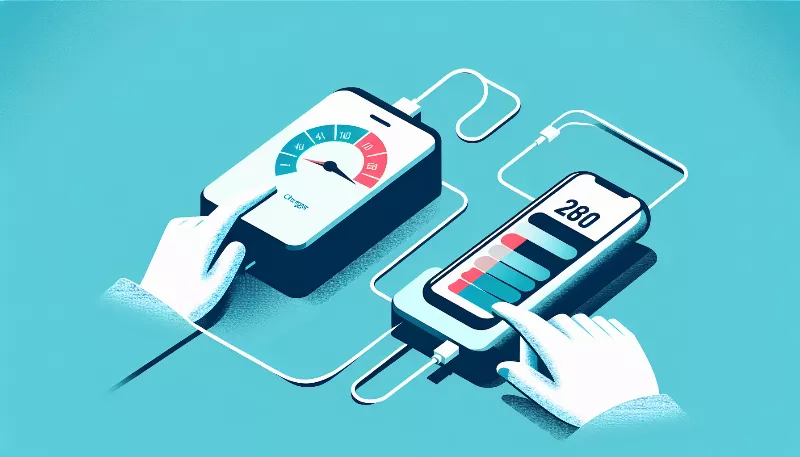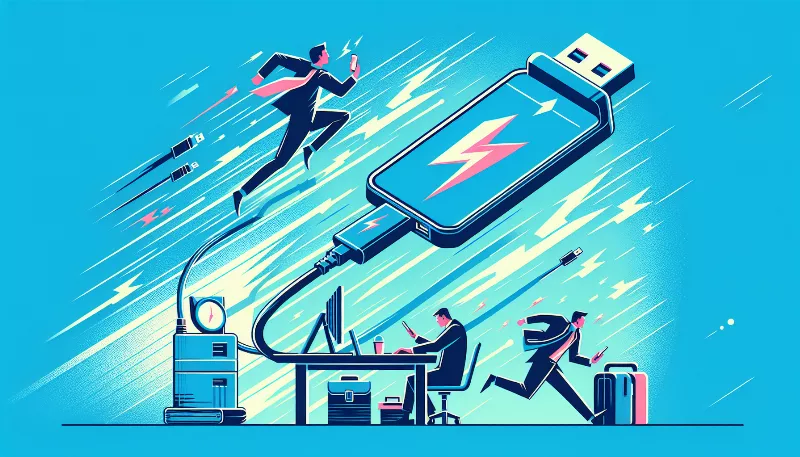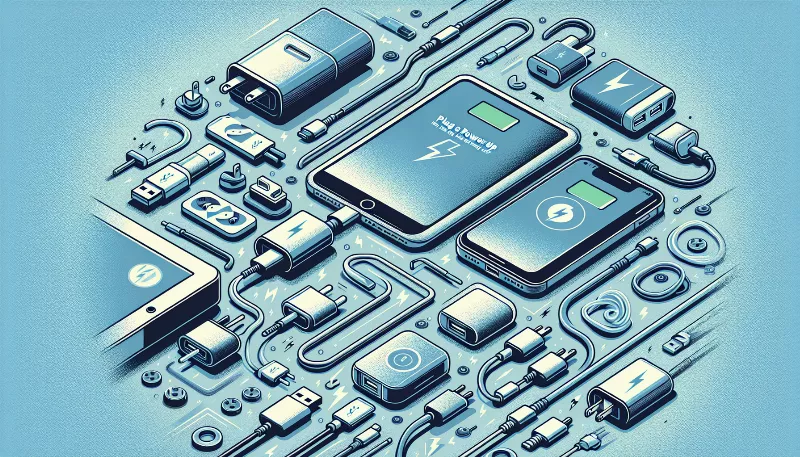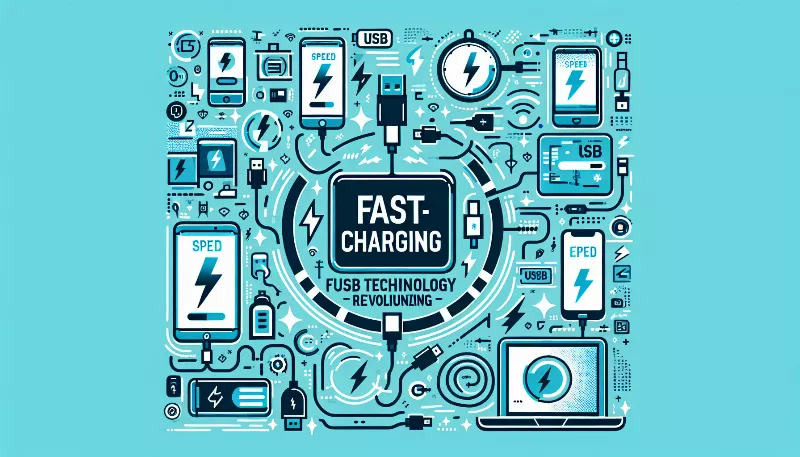What should consumers know about the compatibility of USB chargers with various devices?
Discover the key to seamless device charging! Learn how to match USB chargers with your gadgets for optimal performance and safety.
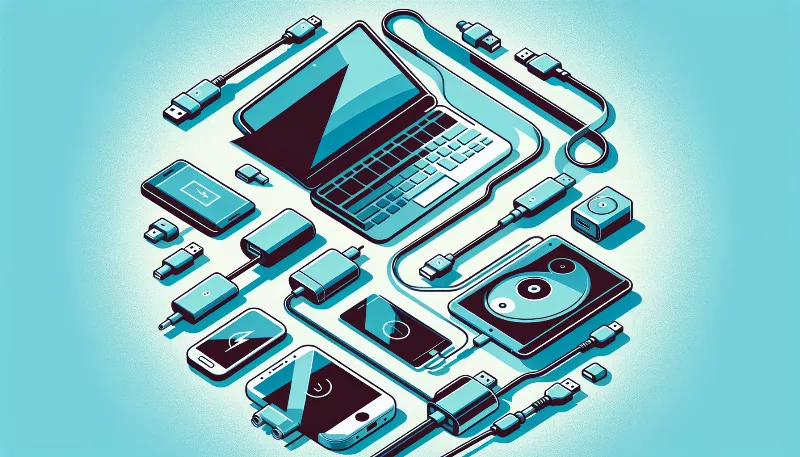
Understanding USB Standards
Are you tired of carrying a tangled mess of chargers for all your devices? Fear not, tech enthusiasts! The key to simplifying your charging needs lies in understanding USB standards. USB, or Universal Serial Bus, has evolved over the years, with various versions like USB 1.0, 2.0, 3.0, and the latest USB4. Each version offers different data transfer speeds and charging capabilities. It's essential to know that while USB cables are backward compatible, using an older USB cable on a newer device might limit the charging speed or data transfer rate.
USB Connector Types
When it comes to connectors, there's a whole alphabet soup to consider: USB-A, USB-B, Mini-USB, Micro-USB, and the versatile USB-C. USB-A is the classic flat rectangle, while USB-C is the new hotshot, known for its reversible design and fast charging prowess. Make sure the charger you pick has the right connector for your device, or grab an adapter to bridge the gap!
Charging Protocols and Power Delivery
It's not just about the shape of the plug; the magic happens in the charging protocol. Many modern devices support fast charging technologies like Qualcomm's Quick Charge or USB Power Delivery (PD). These protocols can juice up your gadgets at lightning speeds, but only if your charger and device speak the same language. Always check for compatibility to ensure you're getting the fastest charge possible.
Wattage Wonders
Watt's up with wattage? Well, the wattage rating of a charger tells you how much power it can deliver. A higher wattage charger can power up larger devices like laptops and tablets more quickly, but it's smart to match the charger's output with what your device can handle. Using a charger with too high a wattage won't necessarily harm your device thanks to built-in safeguards, but it won't speed up the charging process either.
Brand Matters... Or Does It?
While it's tempting to think that only your device's brand charger will do the trick, the truth is that many third-party chargers work just as well—if they meet the necessary specifications. Look for certifications like MFi for Apple devices to ensure compatibility and safety. Don't be afraid to branch out, but stick to reputable brands to avoid the risk of damaging your precious tech.
Travel Tips for Techies
If you're a globe-trotter, remember that not all countries have the same voltage and socket types. Invest in a universal travel adapter with USB ports to keep your devices charged no matter where your adventures take you. And for those long flights or train rides, a portable power bank with multiple USB ports can be a lifesaver for keeping all your devices charged on the go.
Final Thoughts
In conclusion, dear gadget lovers, the world of USB chargers need not be a labyrinth of confusion. With a little knowledge about USB standards, connector types, charging protocols, wattage, and brand compatibility, you can power up all your devices efficiently and effectively. Embrace the versatility of USB charging, and never again be caught with a dead battery!

